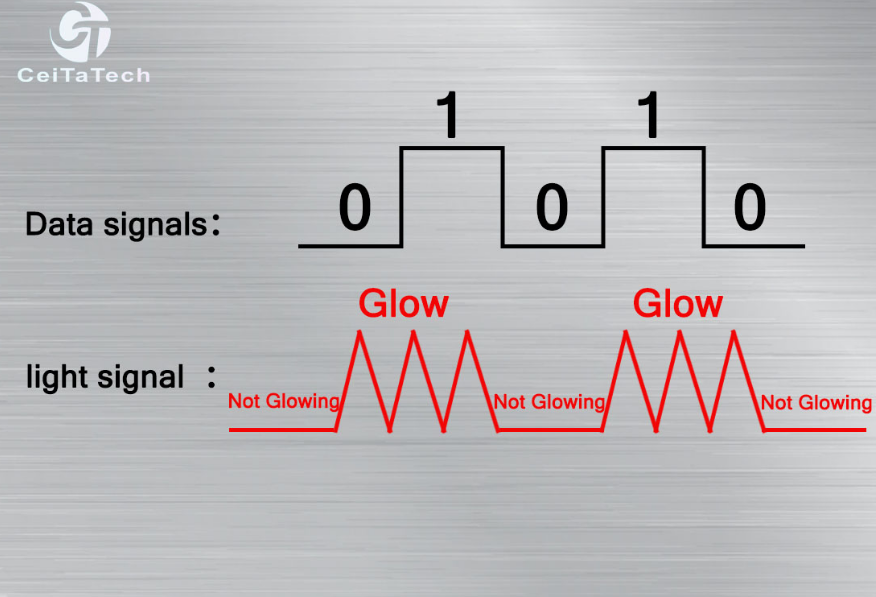Optical modules, as the core components of optical communication systems, are responsible for converting electrical signals into optical signals and transmitting them over long distances and at high speeds through optical fibers. The performance of optical modules directly affects the stability and reliability of the entire optical communication system. Therefore, it is crucial to understand the key performance indicators of optical modules. This article will introduce the key performance indicators of optical modules in detail from many aspects.
1. Transmission rate
The transmission rate is one of the most basic performance indicators of the optical module. It determines the number of bits that the optical module can transmit per second. Transfer rates are usually measured in Mbps (Megabits per second) or Gbps (Gigabits per second). The higher the transmission rate, the stronger the transmission capability of the optical module, which can support higher data bandwidth and faster data transmission.
2. Luminous power and receiving sensitivity
The luminous power refers to the light intensity at the transmitting end of the optical module, while the receiving sensitivity refers to the minimum light intensity that the optical module can detect. Luminous power and receiving sensitivity are key factors in the transmission distance of optical modules. The higher the luminous power, the farther the optical signal can be transmitted in the optical fiber; and the higher the receiving sensitivity, the optical module can detect weaker optical signals, thus improving the anti-interference ability of the system.

3. Spectral width
Spectral width refers to the wavelength range of the optical signal emitted by the optical module. The narrower the spectral width, the more stable the transmission performance of optical signals in optical fibers and the more resistant they are to the effects of dispersion and attenuation. Therefore, spectral width is one of the important indicators to measure the performance of optical modules.
4. Photostability
Photostability refers to the stability of the luminous power and spectral characteristics of an optical module during long-term operation. The better the light stability, the smaller the performance attenuation of the optical module, and the higher the reliability of the system. Photostability is one of the important indicators to measure the quality of optical modules.
5. Temperature characteristics
Temperature characteristics refer to the performance of optical modules at different temperatures. The wider the operating temperature range of the optical module, the stronger its ability to adapt to changes in ambient temperature, and the higher the stability of the system. Therefore, temperature characteristics are one of the important indicators to measure the performance of optical modules.
6. Power consumption and heat dissipation performance
Power consumption refers to the electrical energy consumed by the optical module during operation, while heat dissipation performance refers to the ability of the optical module to dissipate the heat generated. The lower the power consumption, the higher the energy utilization efficiency of the optical module and the smaller the energy consumption of the system; and the better the heat dissipation performance, the higher the stability of the optical module in high temperature environments.
In summary, the key performance indicators of optical modules include transmission rate, luminous power and receiving sensitivity, spectral width, light stability, temperature characteristics, power consumption and heat dissipation performance, etc. These indicators jointly determine the performance and applicable scenarios of the optical module. When selecting optical modules, these indicators need to be comprehensively considered based on actual needs to ensure the stability and reliability of the system.
Post time: May-24-2024








